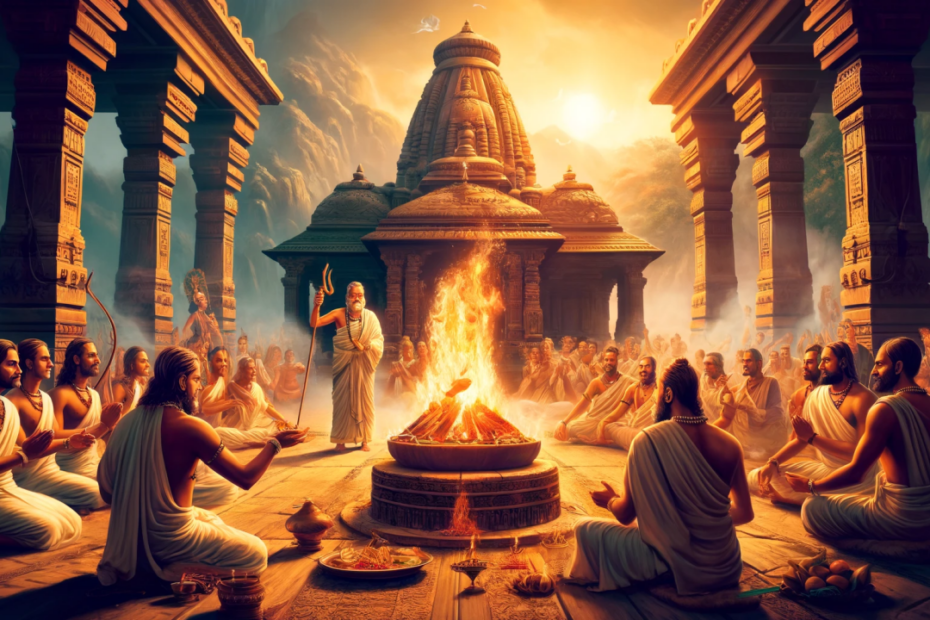Around 85% of the world’s population practices some form of religion. First of all, lets understand the meaning of religion, in simple terms, religion helps people to understand the true nature of the world and the concepts related to life. For example, the purpose of Hinduism is to make people aware of the reality of Brahman (the supreme, formless, infinite source of all existence) so that people can free themselves from the bonding of this world. But today in our discussion on religion we will try to understand how religion itself depends on the economic and political conditions. Religion as we all know is an inseparable part of society, each religion has its own practices and rituals, these rituals and practices are very much dependent on the factors like economic and political condition of the society. Let’s understand this with the example of the Islam religion, Prophet Muhammad, the founder of Islam, introduced teachings that helped transform the tribal societies (Tribal societies often believe in local gods and are often involved in the worship of nature) in the Arabian Peninsula. His teachings focused on establishing a disciplined routine, helping people develop new habits that aligned with the new religion (Islam is based on the idea of supreme and formless god). It was result of this tribal character in Arabian region that a lot of Islamic books focuses on the personal code of conduct of the people.
Similarly, in ancient Hindu society, the political and economic conditions of the Aryans during the Rig Vedic period (1500–1000 BCE) shaped their religious practices. During this time, society was simpler, and political power was based on clan ties. Wars were fought not for territorial expansion, but for the protection and collection of cattle, the main source of food in a pastoral economy. These conditions were reflected in the religious rituals of the time. The rituals were simple, often involving Yajna (a ritual of offering sacrifices to the fire god while chanting mantras), and only locally grown items were offered. Marriages were also simple, involving basic fire rituals and mantras. Forces of nature like Sun, Moon, Air, Water and Thunder were worshipped. The rituals performed during this time focused primarily on maintaining harmony with the forces of nature and appeasing deities for blessings.
However, things changed after the Rig Vedic period. As the population grew, the traditional clan based system started to break down, and a new political structure emerged. Kingship became hereditary, and the king’s ability to maintain power became crucial. The economy also shifted from a pastoral to an agricultural one, making land a valuable asset. This shift led to wars fought over land and territory. As a result, religious rituals grew more complex. Simple rituals like Yajna were replaced by grand sacrifices such as Rajsuya (The Rajasuya was performed by a king to establish his supremacy and to gain recognition from other rulers and gods. Several animals, including horses, were often offered to the gods, along with grains, ghee, and other valuables.) and Ashwamedha (The term Ashwamedha literally means “horse sacrifice,” and this yajna revolved around the sacrifice of a horse to symbolize the king’s supreme power and territorial
expansion.), which helped kings maintain their authority.
To gain religious approval, kings and their officials began making large donations to Brahmins (priests). Over time, it was believed that salvation could not be achieved without making donations or performing costly rituals. This created dissatisfaction among many, leading some people to leave Hinduism and embrace religions like Buddhism, which offered simpler practices. However, the Bhakti movement later reintroduced simplicity to Hindu worship, emphasizing personal devotion over complex rituals. It’s important to recognize that society must adapt religious practices to match political and economic changes, but these changes should not distort the core religious ideas about the reality of the world.
In the next blog, we’ll explore the rise of Shiv, Shakti, and Vaishnavism
